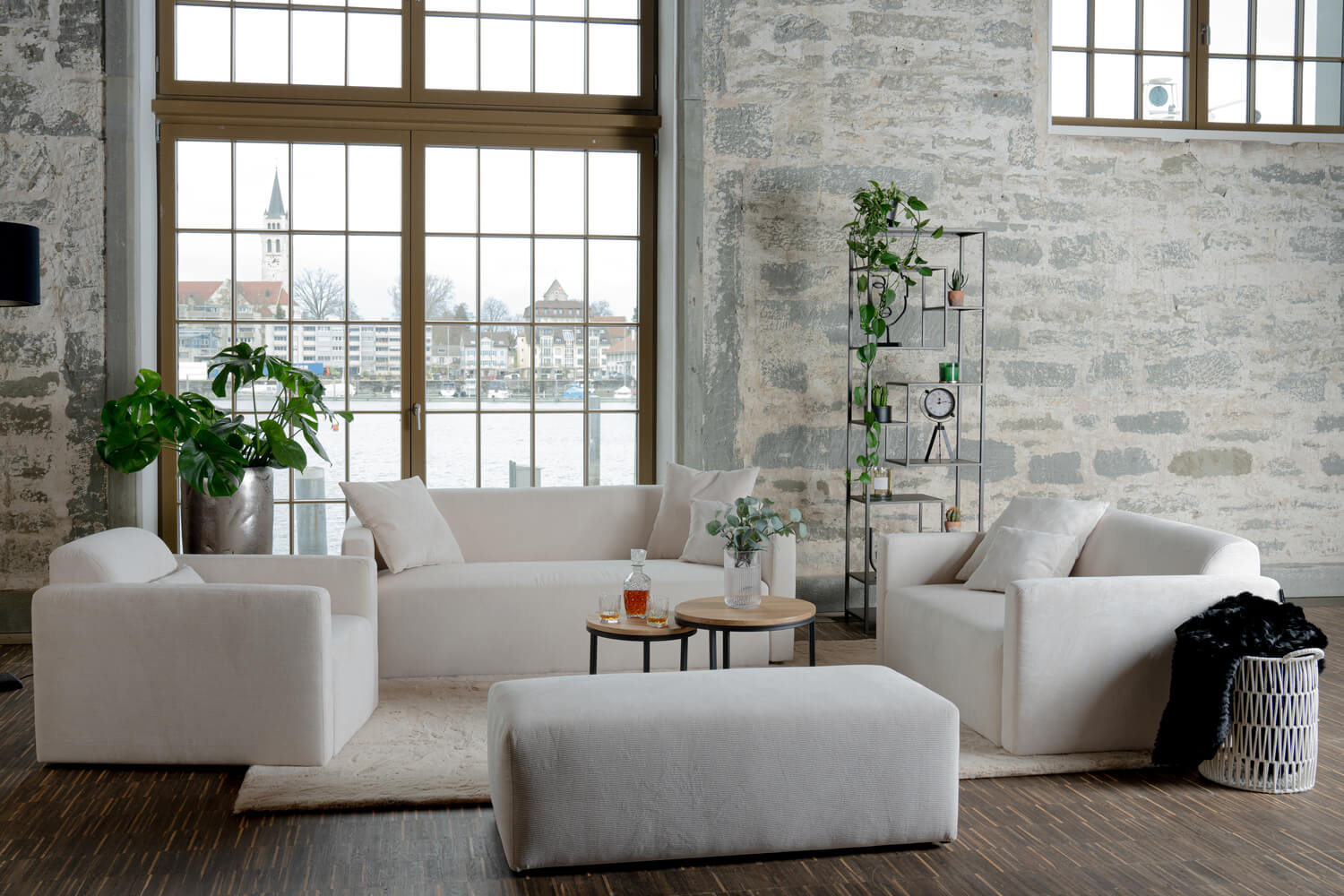Transporting a sofa can be a stressful task. You need to ensure it's done effectively and safely to prevent potential damage. This article will teach you how to transport your sofa effectively and safely.
The importance of effective and safe bank transport
Effective and safe sofa transport is crucial to prevent damage to your valuable furniture. Improper handling and unsafe transport methods can lead to cracks, scratches, or even breakage of the sofa.
When transporting a sofa, you need to consider several factors to ensure a safe and effective transport solution. This includes selecting the right means of transport, using appropriate protective materials, and considering the sofa's weight and dimensions.
Risks in incorrect bank transport
If you don't transport your sofa properly, you risk serious damage. The sofa's legs could break, and the fabric could tear or become stained. Even minor damage like scratches can affect the sofa's aesthetic appearance.
Another risk of improper sofa transport is the risk of injury. If the sofa isn't securely fastened, it can knock people over and injure them during transport. Therefore, it's important that the sofa is properly secured and stabilized to prevent accidents.
Benefits of effective bank transport
Effective sofa transport can prevent potential damage and extend the life of your sofas. You'll also save time and money by avoiding repairs or purchasing a new sofa.
Another advantage of effective sofa transport is protection against dirt. By using protective materials such as covers or foil, you can protect the sofa from dust , dirt, and other contaminants during transport.
Besides preventing damage and contamination, effective sofa transport also offers the benefit of a smooth and stress-free experience. If the sofa is transported safely and correctly, you can relax and be confident that it will arrive at its destination undamaged and in perfect condition.
Preparing for bank transport
Before you start the actual transportation, you need to prepare for some important steps.
Selecting the right means of transport
Depending on the size and weight of your sofas, you'll need to choose the right transportation method. A small van or truck may be necessary to provide sufficient space for the sofa and transport it safely.
Measurements and calculations before transport
Carefully measure your sofa before transporting it to ensure it fits through doors, stairs, and other narrow spaces. Also calculate the sofa's weight to ensure it can be handled safely by you and your helpers.
To save you the hassle, you can also arrange a moving company or choose a provider with free delivery. They will transport your sofa safely and without any damage to your apartment.
Our Livom sofas are delivered directly to your home by our delivery team – free of charge! This saves you the hassle of complex transport and allows you to relax and enjoy your new sofa.
Packaging and protection of your sofas
To protect your sofa during transport, it is important to pack it and protect it properly.
When preparing your sofa for transport, it's advisable to use additional protective materials to ensure it arrives safely at its destination. Here are some tips on how to effectively protect your sofa:
Use of protective materials
Use thick blankets, foam cushions, and stretch film to protect your sofa from bumps, dust , and dirt. These materials provide extra padding and protect your valuables from potential damage during transport. Wrap the upholstery and fabric carefully to prevent damage.
Another important protection is the use of special upholstery covers. These covers are made of durable material and offer comprehensive protection against scratches, dirt, and other external influences. You can easily pull these covers over your sofa and protect it from potential damage.
Securing the bank for transport
Secure your sofa in the transport vehicle to prevent slipping or tipping over during travel. This is especially important to prevent damage to your sofa and other objects in the vehicle. Use straps or clamps to hold the sofa in place. Make sure the straps are tightened, but not too tightly, to prevent damage to the sofa.
It's also advisable to transport the sofa upright to prevent any deformation or damage. If this isn't possible, ensure the sofa is properly secured and can't be damaged.
Remember that proper packaging and securing of your sofas during transport is crucial to prevent damage. So take plenty of time to carefully protect your sofa before transporting it.
The actual transportation process
In the actual transportation process, you must be careful and attentive to avoid damage.
Load and unload the sofa
Make sure there are enough people to help you load and unload the sofa. Always lift the sofa by kneeling down and using your legs, not just your back. Make sure the sofa remains in a secure position and doesn't get caught between doors or walls.
Security measures during transport
Drive carefully and avoid sudden braking or sharp turns. Pay attention to the seat while driving and check regularly that it is secure and undamaged.
Transporting a sofa can be a challenging task, especially when it comes to safely moving the piece of furniture from one location to another. It requires careful planning, preparation, and implementation to ensure the sofa doesn't sustain any damage during transit.
Before you begin the actual transport process, it's important to have enough people available to help you load and unload the sofa. A sofa can be heavy and bulky, so it's advisable to have at least two people to distribute the weight evenly and prevent injuries. Make sure everyone involved is trained in the proper technique for lifting and carrying heavy objects to prevent back injuries.
When lifting the sofa, it's important to have the correct posture. Kneel down and use your legs to support the weight, rather than simply relying on your back. Elevating your legs can reduce the strain on your back and prevent injury. Make sure the sofa is in one place during transport.
During transport, it's important to take safety precautions to prevent damage to the sofa. Drive carefully and avoid sudden braking or sharp turns that could cause the sofa to wobble. Regularly check the sofa while driving and ensure it is secure and undamaged. If you're making a stop, ensure the sofa is secure and stable to prevent tipping or slipping.
After transport: installation and inspection
After you have successfully transported your sofa, there are still a few important tasks to complete.
Positioning and installation of your benches
Choose the best space in your home for your sofa. Make sure it's positioned correctly and the legs are stable. Check that all cushions and upholstery are properly secured and fastened.
Positioning your sofas is crucial because it influences the overall look of the space and ensures comfort while sitting and relaxing. Remember to leave plenty of space around the sofa so you can move freely. Also, ensure the sofa is out of direct sunlight to prevent premature fading of the fabric.

Overview of possible damage after transport
Take the time to thoroughly inspect your sofa for any potential damage. Check the fabric, seams, legs, and other areas for tears, stains , or damage. If you find any damage, take immediate action to repair it.
It's important to carefully inspect your sofa to ensure it's in perfect condition. Pay particular attention to any signs of wear and tear that may occur during transport. If you find minor damage, you may be able to repair it yourself. However, in the case of extensive damage, you should consult a specialist to have the sofa professionally repaired.
By following these steps, you can transport your sofa effectively and safely, preventing potential damage. Take plenty of time to prepare and ensure adequate protection during transport. This way, you can transport your sofa to its new destination in perfect condition and continue to enjoy it.


